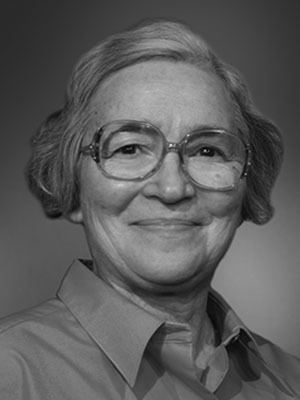Name Judith Grabiner Role Mathematician | ||
 | ||
Books The origins of Cauchy's rigorous calculus | ||
Judith grabiner february fourier talks 2016 mathematics and culture geometry and everything else
Judith Victor Grabiner (born 1938) is an American mathematician who is among the best-known historians of mathematics. Her main interests are in mathematics from the eighteenth and nineteenth centuries.
Contents
- Judith grabiner february fourier talks 2016 mathematics and culture geometry and everything else
- Professional career
- Personal life
- Awards and honors
- Selected publications
- Legacy of learning judith grabiner
- References
Professional career
She earned her B.S. in mathematics at the University of Chicago in 1960 and her M.A. (1962) and Ph.D. (1966) in the history of science at Harvard University, and is currently Flora Sanborn Pitzer Professor of Mathematics at Pitzer College. She previously taught at California State University, Dominguez Hills. Her book The Origins of Cauchy's Rigorous Calculus explores the background in which the limit definition was developed. Another book on the work of Joseph Louis Lagrange discusses related material.
Personal life
She is married to fellow mathematician Sandy Grabiner of Pomona College.
Awards and honors
She was an invited speaker, section teaching of mathematics, at the 1986 International Congress of Mathematicians, in Berkeley.
She was a recipient of the Carl B. Allendoerfer Award in 1984, 1989, and 1996.
She won the MAA's Lester R. Ford Award in 1984, 1998, 2005, and 2010.
In 2012, she became a fellow of the American Mathematical Society.
In 2014, she was awarded the Beckenbach Book Prize.
